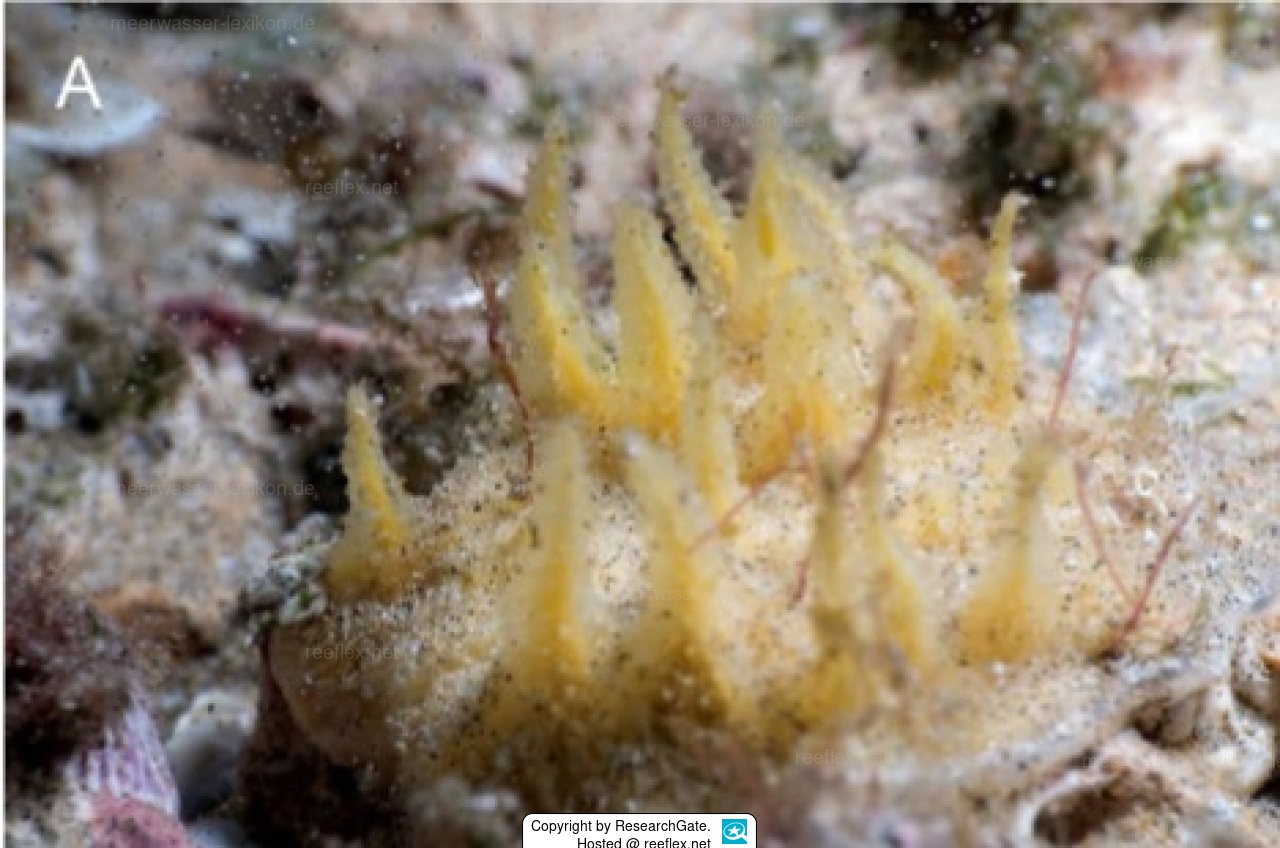Info
Ciocalypta heterostyla was found so deeply buried in the sediment in Ponta do Ouro, Mozambique by chance, its presence only revealed by its upright visible fistulas.
The consistency of this marine sponge is very soft and extremely compressible.
The presence of numerous finger-shaped and translucent fistulas with a central axis on the surface and the general structure of the skeleton are typical features of the genus Ciocalypta Bowerbank, 1862
This marine sponge species has so far been discovered from the Arafura Sea near Port Darwin, Northern Terretory, Australia and around the Aru Islands, Moluccas, Indonesia south of Papua New Guinea.
Marine sponges filter seawater and serve as food for various species; as they grow, excess body cells are released into the water and serve as food for numerous marine creatures.
Synonym: Amorphinopsis heterostyla (Hentschel, 1912) · unaccepted
The consistency of this marine sponge is very soft and extremely compressible.
The presence of numerous finger-shaped and translucent fistulas with a central axis on the surface and the general structure of the skeleton are typical features of the genus Ciocalypta Bowerbank, 1862
This marine sponge species has so far been discovered from the Arafura Sea near Port Darwin, Northern Terretory, Australia and around the Aru Islands, Moluccas, Indonesia south of Papua New Guinea.
Marine sponges filter seawater and serve as food for various species; as they grow, excess body cells are released into the water and serve as food for numerous marine creatures.
Synonym: Amorphinopsis heterostyla (Hentschel, 1912) · unaccepted







 ResearchGate
ResearchGate




